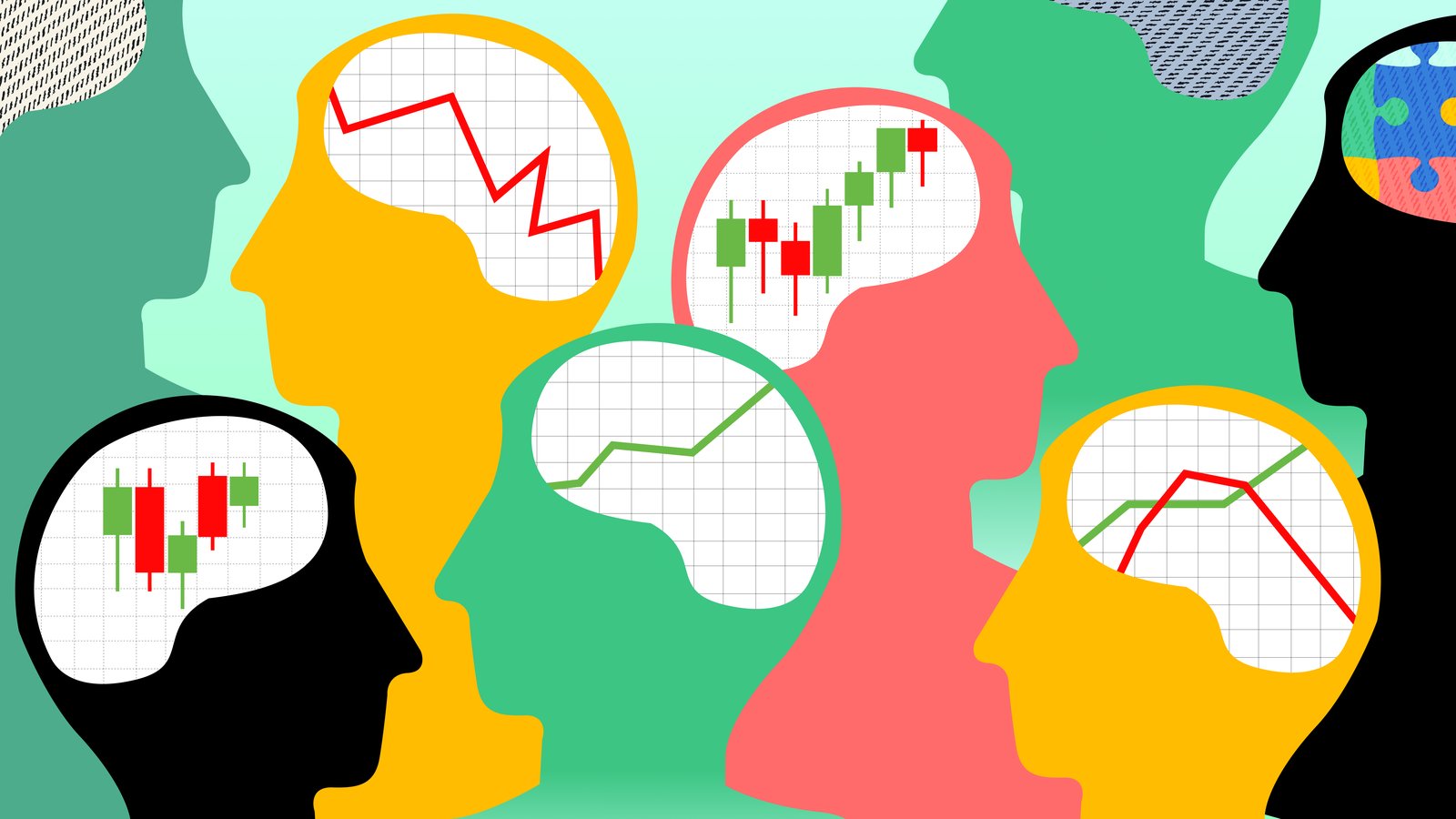Your cart is currently empty!
Astrology Predictions for Gold and Silver

Astrology has long been used as a lens through which people interpret world events, personal growth, and even financial trends. One of the more intriguing applications of astrology lies in its use to predict the movements of precious metals like gold and silver. In this article, we’ll delve into the astrology behind gold and silver, exploring how planetary energies and celestial influences might impact the behavior of these commodities. This exploration aims to provide a deeper understanding of how astrology enthusiasts interpret these market trends.
The Historical Connection Between Astrology and Metals
Astrology has deep historical ties with the precious metals market. Since ancient times, gold and silver have been seen as embodiments of the Sun and the Moon, respectively. Gold, symbolizing wealth, power, and solar energy, is often connected to the Sun’s strength and prosperity. On the other hand, silver has traditionally been linked to the Moon, which represents emotions, nurturing energy, and the fluctuating cycles of human behavior.
These associations are not simply symbolic; many traders who believe in astrology have used celestial cycles as guides for understanding potential shifts in the value of these metals. Astrologers often track planetary cycles, retrogrades, eclipses, and other phenomena to form insights into economic movements. While astrology is not a replacement for technical analysis or market research, it offers an alternative perspective that complements other forms of market analysis.
Gold and Astrology: The Sun’s Influence
Gold, the most coveted precious metal, is often viewed in astrology through the influence of the Sun. The Sun symbolizes vitality, authority, and growth. It represents life force and energy, making it a key factor when analyzing economic prosperity and investor sentiment regarding gold.
Astrologically, the Sun’s influence can reflect the collective emotional and financial confidence of investors. When the Sun is in a position of strength, astrologers may interpret this as a positive period for gold prices. A strong Sun generally signals a period of growth, optimism, and heightened demand for assets that are considered safe havens, such as gold. The Sun’s transit through certain astrological houses associated with wealth and material security can also influence predictions regarding gold’s performance.
Astrologers might pay close attention to solar eclipses, which are believed to bring sudden shifts and changes. While the effect of a solar eclipse can be challenging to predict precisely, it is often seen as a sign of transformation—a moment when gold prices could experience increased volatility, depending on global events and market reactions.
Silver and Astrology: The Moon’s Emotional Influence
Silver, often seen as the twin of gold, is connected to the Moon in astrology. The Moon governs emotions, instincts, and the subconscious mind. Silver prices are thus believed to be influenced by human sentiments, which are inherently changeable and reactive to market conditions. The Moon’s cycles—waxing and waning—reflect the market’s changing emotional landscape.
Astrologers believe that the Moon’s transit through certain zodiac signs or houses that are linked to wealth, nurturing, and security may impact silver prices. When the Moon aligns with other significant planets or experiences a full or new moon phase, there is often an increased focus on emotional and economic security. These phases are sometimes considered signals for increased price fluctuations or a heightened buying interest in silver as investors seek safer investments.
The Moon’s emotional influence often implies that silver may have more short-term volatility compared to gold. The fluctuating nature of silver prices can be seen as reflecting the Moon’s quick transitions through zodiac signs. Astrologers closely watch new and full moons, as these times may coincide with turning points in silver’s market trend.
The Role of Outer Planets: Long-Term Trends for Gold and Silver
In addition to the Sun and Moon, outer planets such as Jupiter, Saturn, Uranus, and Pluto also play roles in long-term trends for gold and silver. These planets are typically associated with broader economic cycles, power shifts, and periods of transformation. Let’s explore how they might influence the gold and silver markets.
Jupiter: Known as the planet of expansion and abundance, Jupiter’s transits are often seen as positive indicators of wealth and prosperity. When Jupiter is positioned favorably, it can signal a period of optimism, which may drive investors towards precious metals as a way to safeguard newfound wealth. Astrologers may link Jupiter’s beneficial aspects to a bullish phase for gold and silver.
Saturn: Saturn, the planet of discipline and structure, represents caution, contraction, and lessons. Its influence is often associated with tighter market conditions or corrections. Saturn’s position can indicate a period where gold and silver prices may stabilize or even drop due to increased scrutiny and conservative sentiment among investors.
Uranus: Uranus represents sudden change and innovation, making it a planet of unpredictability. Its transits are often linked to market volatility. When Uranus is active, it may suggest surprising and abrupt movements in gold and silver prices, reflecting sudden shifts in global politics or economic policies. This is often a period where investors may react unpredictably, either flocking to or fleeing from precious metals.
Pluto: Pluto signifies transformation, power struggles, and regeneration. Astrologers see Pluto’s influence as a driver of long-term shifts in economic systems. Major aspects involving Pluto can indicate transformative periods in the value of gold and silver, often linked to geopolitical power shifts or significant changes in the global financial landscape.
The Impact of Eclipses on Gold and Silver
Eclipses are powerful astrological events that can influence emotions, trends, and investor behaviors. Both solar and lunar eclipses are seen as times of heightened energy, often bringing about turning points in various markets, including precious metals. The unpredictable nature of eclipses means that they are often associated with volatility and sudden shifts.
Solar Eclipses: These events are believed to bring abrupt change, which can affect the value of gold. Astrologers might interpret solar eclipses as moments of increased speculation, creating potential buying opportunities or warning of rapid price fluctuations.
Lunar Eclipses: Lunar eclipses, involving the Moon, are thought to have a more direct impact on silver prices. They can create emotional market reactions, causing sharp and sometimes irrational buying or selling behaviors. Astrologers suggest that during lunar eclipses, traders should be cautious and expect increased volatility, especially in silver markets.
How Astrology Provides Insights Into Investor Sentiments
Astrology is fundamentally about energy and cycles, and this makes it particularly relevant when analyzing collective human behavior. The markets for gold and silver are often seen as safe havens during times of uncertainty, and astrological patterns can offer insights into the psychological underpinnings of investor behaviors.
For example, during periods when planetary alignments suggest uncertainty or fear, there may be an increase in the demand for gold and silver. This aligns with investor sentiment, as people tend to gravitate towards assets that can preserve value during times of economic or political instability.
Conversely, favorable alignments that indicate growth, expansion, and stability may result in reduced interest in safe-haven assets, as investors pursue more aggressive opportunities. Astrologers often look at the broader context of planetary movements to gauge whether investors are likely to adopt a risk-on or risk-off attitude.
Using Astrology to Understand Trends Rather Than Predict Exact Prices
It is essential to note that astrology is not a tool for predicting exact price movements or setting precise entry and exit points. Instead, it offers an understanding of the overall mood and sentiment of the market. Astrology can provide a timeframe during which certain conditions may be more favorable or unfavorable for precious metals but should be used in conjunction with fundamental and technical analysis.
Astrologers often highlight that while planetary transits may indicate increased volatility or opportunities, market participants should always consider broader economic factors. Interest rates, central bank policies, and geopolitical events are significant drivers that also determine the direction of gold and silver prices.
Gold, Silver, and the Collective Consciousness
Astrology also provides a unique perspective on the collective consciousness and how it impacts precious metal markets. Gold and silver have long been viewed as more than just commodities—they are symbols of wealth, security, and resilience. The collective sentiment towards these metals often shifts based on broader cycles of fear and optimism.
Astrological analysis of these cycles can provide a framework for understanding why, during certain times, people are more inclined to invest in gold and silver. For instance, periods of economic contraction or upheaval, often symbolized by challenging planetary alignments, may push more investors toward these safe havens. During such times, gold and silver serve as emotional anchors for both institutional and retail investors.
On the other hand, during periods marked by expansive and harmonious planetary aspects, investor focus may shift towards more growth-oriented assets, reducing the demand for precious metals. Understanding these cycles can help investors align their strategies with broader market sentiments.
The Limits of Astrology in Precious Metals Trading
While astrology can provide valuable insights into market trends, it is essential to acknowledge its limitations. Markets are influenced by a complex interplay of factors—economic indicators, policy decisions, technological developments, and unforeseen global events. Astrology serves as one of many lenses through which investors may choose to view market movements, rather than as a standalone predictive tool.
Astrology can provide a sense of timing and sentiment, but successful trading requires a balanced approach that includes technical analysis, macroeconomic research, and a solid understanding of risk management. Traders and investors should use astrology to complement these tools and create a more nuanced view of the market environment.
Final Thoughts: Astrology as a Tool for Understanding, Not Predicting
Astrology offers a fascinating and alternative perspective on the gold and silver markets, helping investors understand the energies at play and the collective sentiments that drive demand for these precious metals. Gold and silver, as representations of the Sun and Moon, embody the archetypal energies of stability, growth, emotion, and change.
While astrology should not be used to dictate specific trading actions, it can serve as a helpful guide for understanding potential shifts in market trends and investor behavior. By combining astrological insights with practical trading strategies, market participants can create a more holistic approach to navigating the ever-changing financial landscape.
If you are curious to learn more about how astrological insights could help you navigate your investments in gold and silver, consider visiting Astrodunia’s Risk-Reward Calculator. While astrology cannot offer a foolproof path to wealth, it can provide an additional layer of insight that, when combined with sound investment practices, may enhance your decision-making process in the precious metals market.

Mr. Rajeev Prakash
Rajeev is a well-known astrologer based in central India who has a deep understanding of both personal and mundane astrology. His team has been closely monitoring the movements of various global financial markets, including equities, precious metals, currency pairs, yields, and treasury bonds.
